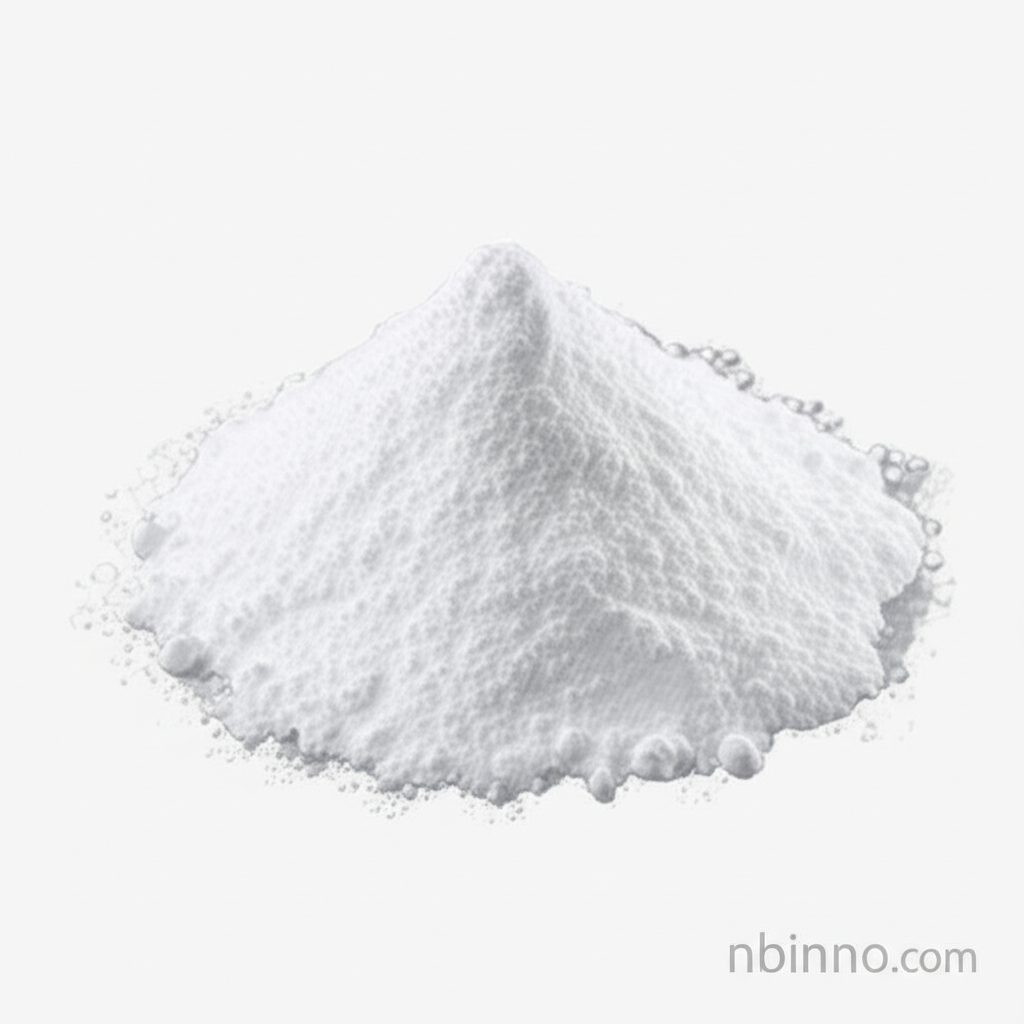Ethylenediaminetetraacetic Acid (EDTA): Properties, Applications, and Benefits
Discover the versatile applications and essential properties of EDTA, a key chelating agent in modern industry.
Get a Quote & SampleProduct Core Value

Ethylenediaminetetraacetic Acid
Ethylenediaminetetraacetic Acid, commonly known as EDTA, is a powerful chelating agent that forms stable complexes with a wide range of metal ions. Its unique ability to bind to metals makes it indispensable across numerous sectors, from preserving the quality of food products to enabling advanced industrial and medical processes. EDTA's versatility stems from its chemical structure, allowing it to effectively sequester metal ions, thereby preventing undesirable reactions like oxidation, discoloration, and precipitation.
- Introduction to EDTA applications: Understanding what EDTA is used for is key to appreciating its widespread impact in various fields.
- EDTA chelating agent applications are diverse, encompassing industrial cleaning, water treatment, and laboratory analysis.
- The EDTA in food industry plays a crucial role in extending shelf life by preventing metal-catalyzed oxidation and preserving color and flavor.
- In cosmetics, EDTA acts as a stabilizer and enhances the effectiveness of other ingredients by binding to metal ions that can degrade formulations.
- The EDTA in medicine is recognized for its use in chelation therapy to treat heavy metal poisoning and other conditions.
Key Advantages of EDTA
Metal Ion Sequestration
EDTA's primary advantage lies in its exceptional ability to bind metal ions, preventing them from participating in unwanted chemical reactions, which is crucial for product stability and efficacy.
Broad Industry Utility
From enhancing food quality and stabilizing cosmetics to critical medical applications and industrial cleaning, EDTA demonstrates significant EDTA chemical properties that are broadly applicable.
Enhanced Product Stability
By preventing metal-catalyzed degradation, EDTA significantly extends the shelf life and maintains the sensory characteristics of various products, making it a valuable additive.
Key Applications
Food Preservation
In the food sector, EDTA acts as a preservative, improving the shelf life and maintaining the quality of various products by preventing oxidative reactions.
Industrial Processes
EDTA is vital in industrial cleaning and water treatment for its ability to sequester metal ions, prevent scale formation, and enhance the efficiency of cleaning agents.
Cosmetics and Personal Care
In cosmetics, EDTA is used to improve product stability, enhance the performance of preservatives, and protect fragrances from degradation.
Medical and Laboratory Use
EDTA is employed in medicine for chelation therapy and as an anticoagulant in laboratory testing, highlighting its critical role in healthcare and research.
